The ground's generosity takes in our compost and grows beauty!
Try to be more like the ground.
〰 Rumi 〰
How the Soilmother got into my Xin
We know more about the movement of celestial bodies than about the soil underfoot.
〰 Leonardo da Vinci 〰
In the night of October 15th 2017 a firestorm swept through Central Portugal. It consumed the Eastern part of our garden and sparked the idea for a book. While our community got busy, frantically spreading seeds, planting seedlings, trying to ‘replant’ what had burst into flames and gone up in smoke, my attention was drawn to the soil.
The soil ~ also known as humus, dirt, earth, ground, loam, marl, mould, or topsoil ~ bled into my veins and took over my xin-space (= the heart-mind space of cognition where emotion and reason reside as one, inseparable).
The skin of Gaia had been burnt alive. I could feel her under my skin. The soilmother had been scorched, incinerated, cremated (the German name for humus is Mutterboden = literally mother-soil).
I poured the final two and a half months of 2017 into a manuscript for a book with the title HUMUS: the Black Gold of the Earth.
Researching and writing this book taught me not only how to nurture and take care of the soilmother. I also learned a lot about humus as a living organism, about the story of humus, and about her symbiotic relationship with human, her etymological sibling.
The word humus has been around for more than 2000 years. The Roman poet Virgil (70 -19 B.C.) used it in the sense of earth. The Latin-speaking people abandoned the term soon after and replaced it with terra, still the common name for earth in Portuguese and other Roman languages.
In the 18th century, the word humus reemerged in German, when the physician and agronomist Albrecht Thaer began to use it in the sense of specific constituents of the soil.
“The usual name for this substance is mould,” Thaer explained. “Humus is the residue of animal and plant putrefaction.” ( = the process of decomposition of organic matter, aka ‘rotting’)
By 1925 the term was in common use in other languages too. The Ukrainian-American microbiologist Selman Waksman wrote, “several theories have been proposed at various times to explain the origin of the black-coloured organic substances, ... which are commonly known as ‘humus’.”
Austrian philosopher Rudolf Steiner spoke about humus in his lectures on biodynamic farming, and the English botanist Sir Albert Howard recognised the significance of humus for soil fertility and soil health while managing an organic farm in India (1924 - 1931).
During the 20th century, organic and biodynamic farmers put new ‘humus- theories’ into practice. They opposed the so-called ‘green revolution’ ~ which promoted the use of artificial fertilisers and pesticides ~ and developed new methods for producing humus from organic materials.
The black gold itself, of course, has been around for millions of years. Our planet Earth is girdled by a humus-belt, which covers large areas of Eastern Europe and Asia, stretches across North American prairies and reappears briefly in Morocco, before fading into the Saharan desert.
Moldova and Ukraine belong to a part of the world which can be considered the cradle of the humus-belt. Before humans began to plough the land, most of Moldova was covered in black humus-rich soil, often one metre deep. The virgin soil was famous for its fertility and used to produce an abundant and diverse variety of crops. Today, Moldova is the poorest country in Europe, and the humus-belt is vanishing.
Humus
Put your faith in the two inches of humus, that will
build under the trees, every thousand years.
〰 Wendell Berry 〰
Humus [from Latin humus = earth, soil] was adopted in English in 1796 in the sense of earth, soil, vegetable mould.
Human [from Latin humanus = of man, human; humane, philanthropic, kind, gentle, polite; learned, refined, civilized] is used in English since mid 15 c., translated literally as earthling, earthly being, as opposed to the gods.
Both words sprouted from the same Latin root, meaning earth. As living organisms, the two have a lot more in common than one might think. When we realise that humus is not only a vital part of our food cycle and a critical basis for our health, but also our close relative, inseparably tied up with our destiny, perhaps it helps us rebuild the relationship we once had with our mother substance.
The term humus is often confused with topsoil and compost. Even experts write about ‘compost' and ‘humus' as if they were the same thing. Deploring this mix-up, Lady Eve Balfour stated, “the term 'giving the land humus' is too often taken as a synonym for treating it with any form of organic matter, such as ploughing in green crops or grass or applying farmyard manure. But all these substances are merely some of the raw materials from which humus can be made. They cannot become humus until they have been metabolised by soil organisms.”
So what exactly is humus, and how is it different from topsoil and compost?
Lady Louise Howard explained it like this: “Humus is a Latin word meaning soil, but in science its significance is a little narrowed to indicate that part of the soil spread over the surface of the earth which is the end product of the decaying fragments of organic matter.”
Humus ~ in the sense used by Albrecht Thaer, Selman Waksman, Albert & Louise Howard, and Moldovian soil scientist Igori Krupenikov ~ is considered a living substance. It is transformed compost, the product of a healthy decomposition of organic matter.
The actual making of healthy humus is the work of billions of microorganisms and thousands of earthworms. Whether you have a garden or not, you can start your own worm farm. Or you can learn about fermenting your kitchen waste, or try other simple composting methods and find out what works for you. Almost anyone can contribute to the regeneration of rich fertile soil.
Last but not least, we want to understand ~ and hopefully improve ~ the intimate relationship between humus and humans, because “understanding the soil is the key to sustainability,” as Howard-Yana Shapiro and John Harrison write in their book Gardening for the Future of the Earth.
The love affair between humus and human begins with the name.
(Excerpts from my book HUMUS: The Black Gold of the Earth, published 2018)
Compost
To forget how to dig the earth and to tend the soil
is to forget ourselves
〰 Mahatma Gandhi 〰
Compost [from Latin com = with + ponere = put, place] leaves, manure and other organic matter put together in one place to decompose and transform into humus via fermentation through interaction with microorganisms.
Compost is literally a composition of many different materials from the plant, animal and mineral kingdoms. In nature, compost occurs as a mix of fresh and decomposing organic matter: autumn leaves, wilted flowers, dead insects, broken twigs and branches, urine and fæces from animals, small stones, rock dust, empty snail shells, etc. This means, compost is not homogenous. Being an accumulation of mainly vegetable and animal matter in various stages of decay it has a mixed texture.
Christa Weinrich, Benedictine nun and head gardener at the Abbey of Fulda (Germany), calls the compost heap the ‘heart of the garden'. At the same time, compost often relates to ‘a collection of organic waste': vegetable scraps from the kitchen, grass clippings from the lawn, hedge cuttings etc. In other words, it refers to a particular type of ‘recyclable rubbish'.
For a clearer understanding of compost, we must differentiate between the random accumulation of organic waste and the skilful composition of decaying organic materials. Both can be called ‘compost'. A random accumulation of scraps from the kitchen can fester, attract unwanted animals and turn into a stinking, repulsive mass. Surely, this doesn't happen in the ‘heart of the monastery garden’ at Fulda (!) which has been cultivated organically by Benedictine nuns for 500 years.
A skilful composition of vegetable matter, animal manure, and minerals attracts desirable creatures which stimulate a healthy decomposition process. A ‘good compost' doesn't smell bad. It becomes a valuable production-plant for humus which regenerates the lifeblood of the topsoil. This compost is a very valuable resource, treasured by all gardeners.
(Excerpts from my book HUMUS: The Black Gold of the Earth)
Fermenting as a Metaphor
What fermentation shows us is the invisible connections of everything.
You learn to cultivate the future.
〰 Mercedes Villalba 〰
Humus is fermented compost. All principles of fertility, health, nourishment, diversity, activity and interaction of microorganisms, and productivity found in the soil are directly applicable to humans, not just the physical human organism, but the human mind too.
Fermentation processes transform food waste, dead leaves, grass cuttings, weeds, and burnt or rotting wood into the black gold of nutritious humus. Similar fermentation processes turn shredded vegetables into probiotic food ››› sauerkraut, kimchi, miso, kefir, cheese etc., which preserve or restore gut health.
A step further, crossing the bridge of metaphor, leads straight to the realisation that figurative fermentation processes can turn ‘mental and emotional waste products’ into precious humified wisdom.
Ferment [from Latin fermentare = to leaven] closely related to the Latin verb fervere = to boil, is used in the sense of causing to rise. Fermenting is activated through bacteria which have a symbiotic relationship with all living beings, including plants and organic matter.
Sandor Ellis Katz has been fermenting food since 1993. An expert on wild fermentation, author of The Art of Fermentation, among several other books, and sought after teacher on the topic, he has earned the titles of Pickling Pioneer and Fermenting Guru.
Known primarily as a food activist and fermentation revivalist, Sandor Katz is a free spirit and original thinker who understands the principles of fermenting by heart. In an article in Kosmos, Journal for Global Transformation, he shares some of his profound knowledge behind the practice, “the more I ferment, and the more I think and talk and learn about fermentation, the more I realize that what is even more exciting to me about fermentation than its practical manifestations is its profound metaphorical significance.”
Having researched the topic extensively for decades, Sandor Katz has dug up the roots of the word for us already: “The English language uses the word fermentation to describe not only the literal phenomenon of cellular metabolism that it is—microorganisms and their enzymes digesting and transforming nutrients—but also much more broadly to indicate a state of agitation, excitement, and bubbliness.”
“The expansive metaphorical possibilities of fermentation arise from the etymological roots of the word, from the Latin fervere, which means ‘to boil.’ Long before the relatively recent scientific understanding of fermentation in the late nineteenth century as the work of bacteria and fungi, it was widely recognized by the bubbles that it (generally) creates. Therefore, anything bubbly, anything in a state of excitement or agitation, can be said to be fermenting.”
Anything in a state of excitement or agitation can be said to be fermenting.
If you take a moment to let this sink in, are you getting excited? Can you feel the fermentation process bubbling up in your xin-space?
Sandor Katz is neither the only one or the first who has followed this metaphorical bridge. He’s tracked down quotes from earlier sources:
“According to the venerable Oxford English Dictionary, the earliest documented figurative use of the word fermentation in a surviving document comes from a Bible commentary, circa 1660, titled The Treasury of David, and is rather lurid: “A young man . . . in the highest fermentation of his youthful lusts.”
“A 1681 political analysis observed: “Several Factions from this first Ferment, Work up to Foam, and threat the Government.”
“An artist’s obituary noted that he arrived in New York in 1955 and “was quickly swept up in the artistic ferment of the time.”
As an avid practitioner of fermentation, Sandor Katz noticed and collected all these examples and drew his own conclusions.
“Fermentation is extremely versatile as a metaphor. Inside our minds, frequently, ideas ferment as we think about them and imagine how they might play out. Feelings too can ferment, as we process them and they move through us. Sometimes this interior ferment transcends our individual experience and grows into a broader social process. In metaphor, as in the biological phenomenon, there is nothing that cannot be fermented.”
Quotes from Vision and Change, Fermentation as Metaphor, article by Sandor Ellis Katz.
Composting Mental Matters
Our anger, sadness, and fear is the best compost for our compassion.
〰 Kayla Mueller 〰
Reading, observing, and understanding the processes of nature as metaphors for the workings of the human mind is neither new nor unusual. The wisdom has only been swept under the collective compost pile by some scientists (fortunately not all!). Some contemporary soil-scientists declare humus as ‘dead matter’…
How does such a theory influence ‘scientific’ perceptions of humans…?
This theory gets copied and pasted by AI into statements like this: “While humus itself is not considered a living organism, it is deeply intertwined with the activities and products of living organisms, particularly microorganisms, in the soil.”
Followed by these definitions: “The formation and maintenance of humus are heavily dependent on microbial activity. Microbes, including lactic acid bacteria, fungi, and other soil organisms, play a crucial role in decomposing organic matter and converting it into humus. These microorganisms act as ‘nutrient facilitators,’ breaking down complex organic materials into nutrients that plants can absorb.”
Such definitions, although technically not false, reflect and express the anthropocentric view of nature (where bits of matter are separate while entangled in some causal, hierarchical relationship) including the nature of the human inner soil. Viewed through the eyes of organic farmers and creative writers, humus ceases to be inert matter.
The soilmother comes alive and shares her stories:::
Joel Salatin, American organic farmer, who knows all about healthy food growing in healthy soil, writes, “This magical, marvelous food on our plate, this sustenance we absorb, has a story to tell. It has a journey. It leaves a footprint. It leaves a legacy. To eat with reckless abandon, without conscience, without knowledge; folks, this ain't normal.”
American poet Adrienne Rich understood soil as a metaphor when she wrote, “I guess what concerns me always is the need for a field, a rich compost, for any art to flourish. But however isolate or unheard you may feel, if you have the need to write poetry, are compelled to write it, you go on, whether there is resonance or not.”
English author Terry Pratchett took the metaphor one step further with the plea, “So let's not get frightened when the children read fantasy. It's the compost for a healthy mind. It stimulates the inquisitive nodes, and there is some evidence that a rich internal fantasy life is as good and necessary for a child as healthy soil is for a plant, for much the same reasons.”
English writer and journalist Graham Greene knew that, “All good novelists have bad memories. What you remember comes out as journalism; what you forget goes into the compost of the imagination.”
Looking after our mental compost is not just about nurturing art, or sprouting good novels, or writing flourishing poems, or tending cultivars of any other creative kinship. It’s about taking care of our inner garden. When earthlings compose the dross and dregs of mundane incidents such that their microbial inner creatures can do their job, everyday impressions get fermented into a living human symphony.




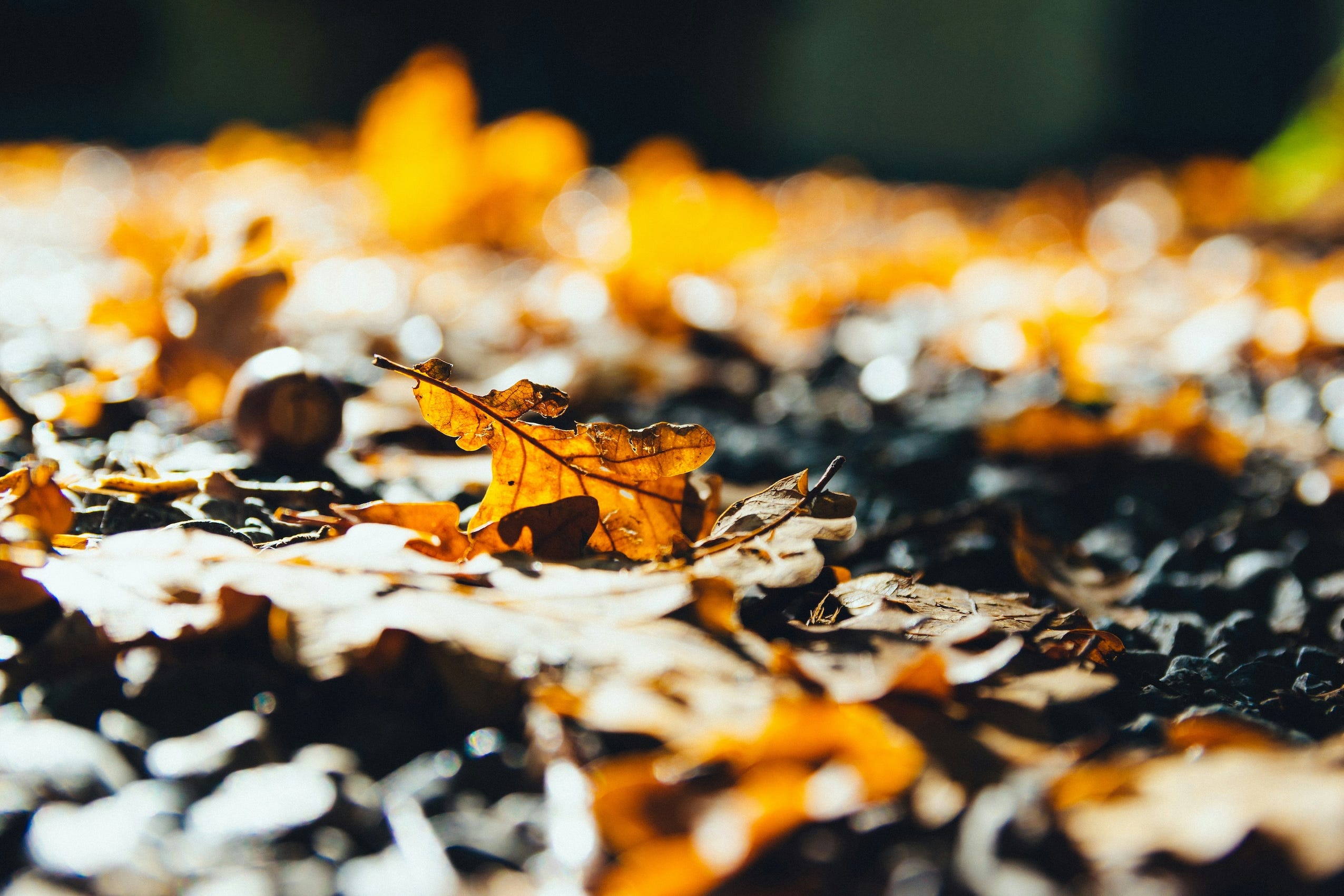
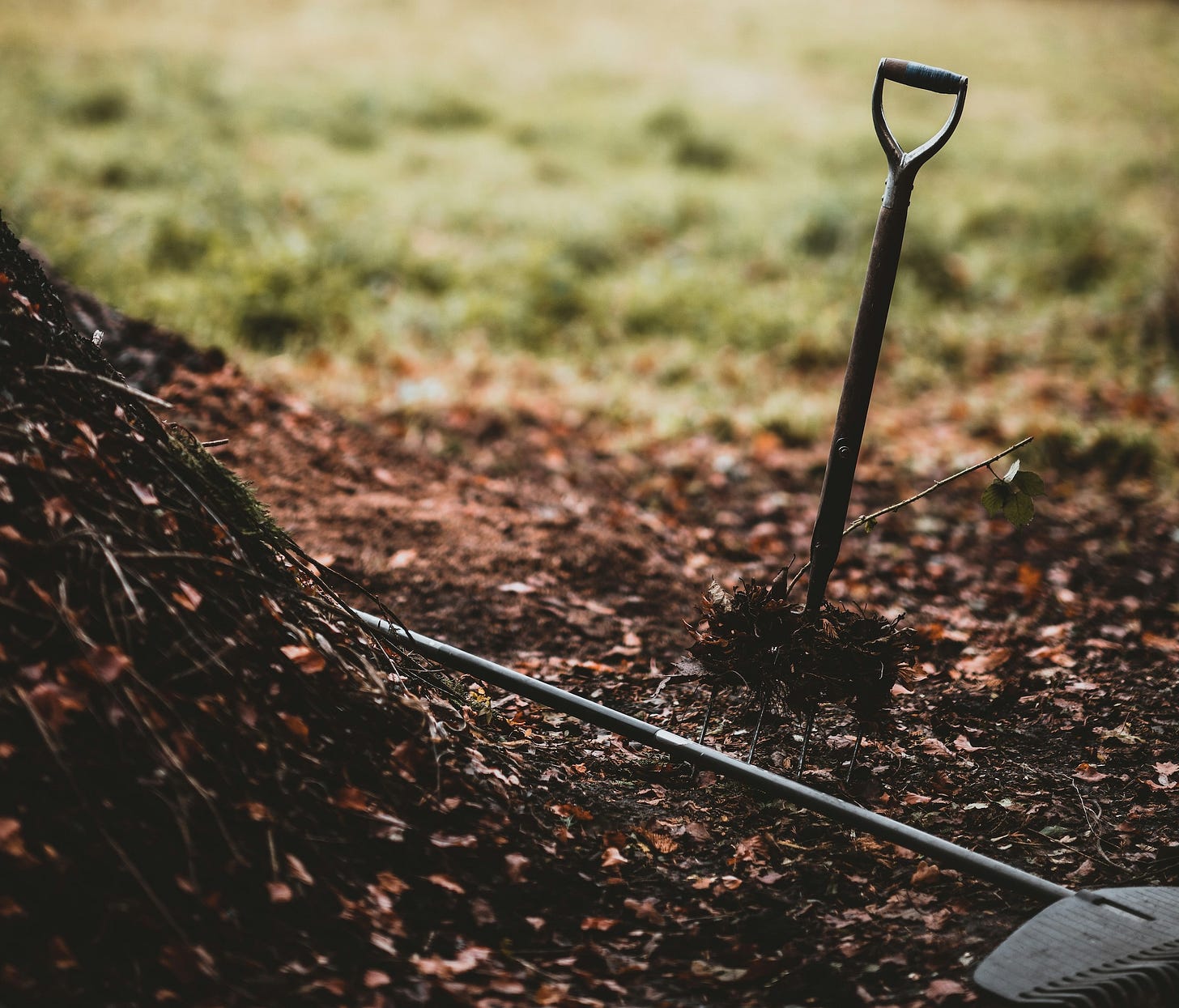
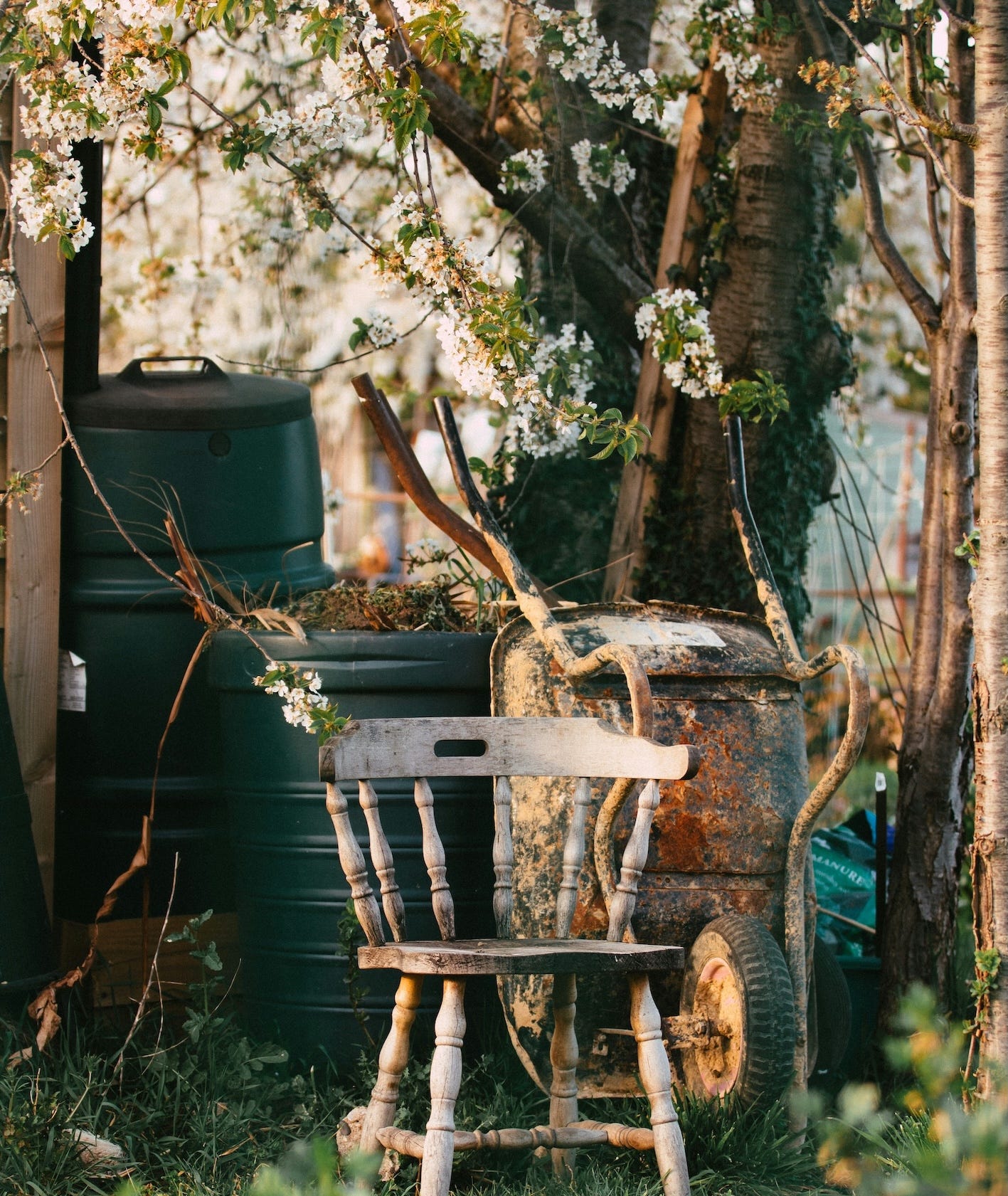
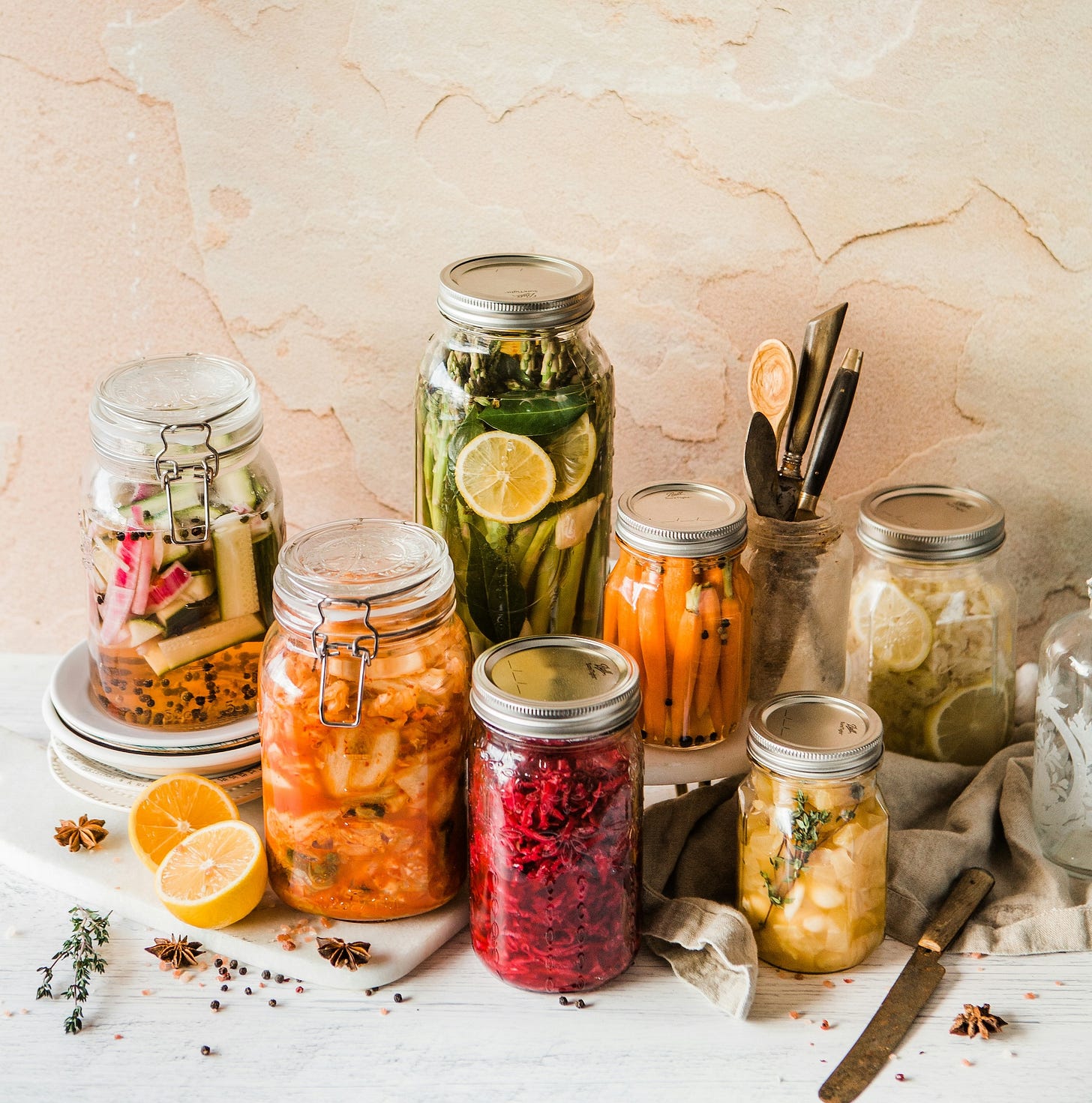
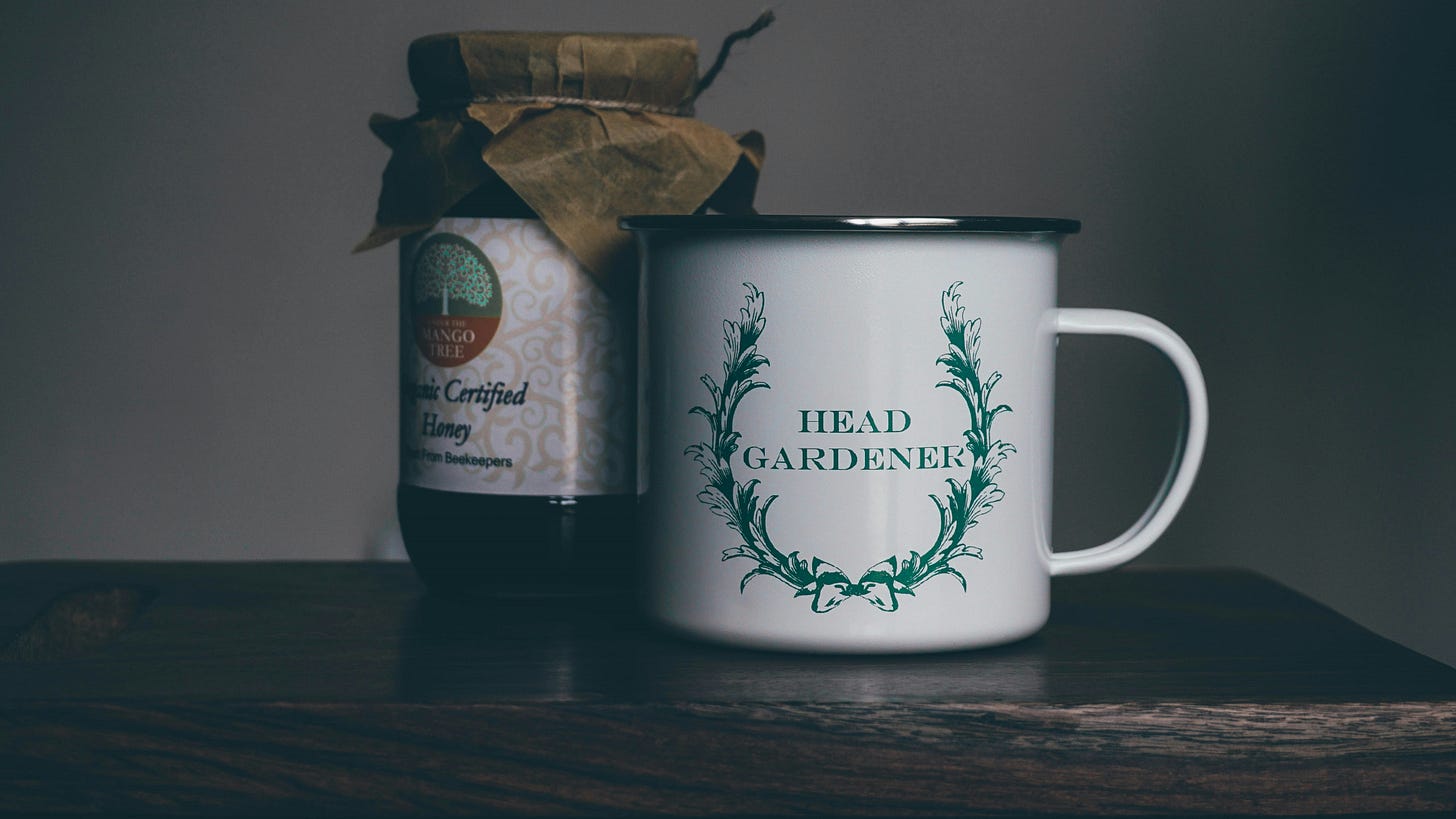
This is an amazing article Veronika! Although I rarely take the time at the moment to read articles on here I couldn't help but to keep reading. There's so much inspiration in this! I will take the word earthling especially and refer to humans as earthlings from now on, it seems much kinder and more accurate. I also love that the word "earth" can be rearranged into "heart" if you just move the h to the front. I love how you dug deep to bring the poetry and mystery into the light. ❤️
Second time this morning that I write 'terrific', the first being a response to David Brazier's latest.. Thank you.
Yes, soil breathes, the same mix of air and water as us creatures.
Its also the 2nd time this morning I have lifted a book from the shelf. The final and Tenth Edition of Russell's 'Soil Conditions and Plant Growth. This came out nearly 10 years after I left University, but I found a copy a few years back released from a library.
Time moves on, and the Welsh Plant Breeding Station shifted it because it is outdated, but I am impressed how many times in its 849 pages the final edition explains how little was known!
What a monumental task to explain the World. By the sound of it, AI has not got there.
What are we made of? Why, earth, air and water as was long known, and fire for sure... the earthly fire we know in its uses and terror, and the origin source, the heat and light, intelligible, of the sky.
Between these matters we come and come and go, forming and decomposing as must the humus.
PS Russell did not know how much recognisable DNA is preserved in the diversity of soils.